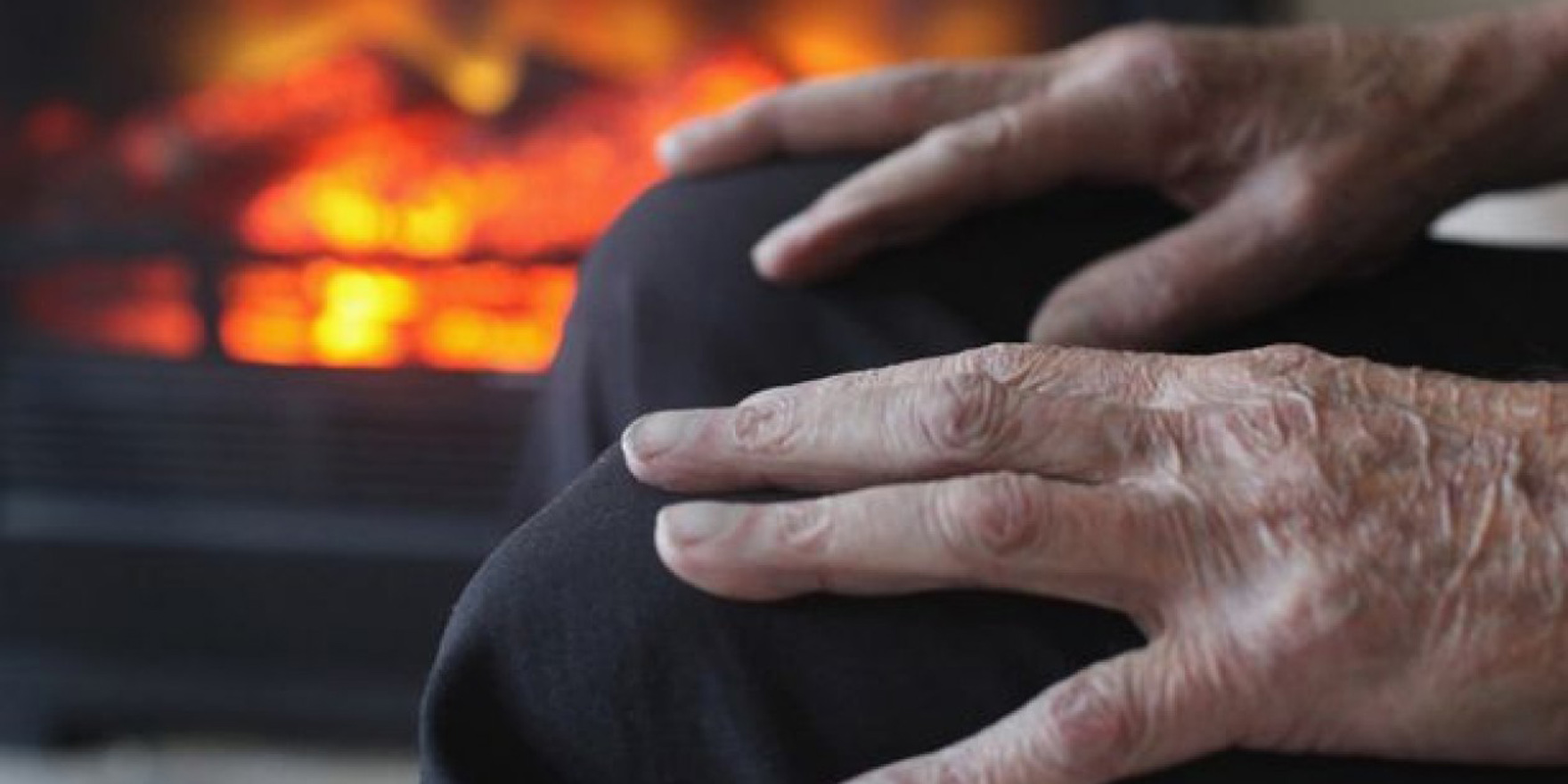Older Australians will have greater choice and control over care services to help them to live at home for longer
Older Australians will have greater choice and control over care services to help them to live at home for longer in a major shake-up of provider rules.
The reforms feature “portable” funding, giving consumers the freedom to change providers – and take their funding with them – for services such as personal care, nursing and social support.
Aged Care Minister Ken Wyatt said the changes represented a “major cultural change in the delivery of aged care”.
He said more than 100,000 consumers would benefit from the scheme in the next year. Previously, home-care packages were allocated to providers and any unspent funds were retained by them.
RACGP President Dr Bastian Seidel said the Increasing Choice in Home Care initiative was a positive step that would allow more patients to continue their long-term care relationships with their GPs.
“I think there’s an appreciation that healthcare in the future is going to be more in the community rather than in institutions or facilities. When we talk about aged care, we talk about going into the community,” he said.
Helping people to remain in familiar surroundings as they aged would also be less stressful for them and far more cost-efficient than sending them unnecessarily to aged-care facilities, he added.
Under the means-tested program, seniors are assessed for eligibility and allocated a subsidised “package” of services on one of four tiers, according to need. If they want extra services, they pay more.
Ian Yates, CEO of the Councils on the Ageing, welcomed the reform but said the scheme should be redesigned to put more weight on the higher-need levels three and four.
“We believe the mix of packages is wrong. There are always waiting lists for levels three and four, while there are usually level ones and two vacant,” he said.
“Too many people go into residential care now because, although they have been assessed for a level four, there isn’t one available and there’s a long waiting list.”
It would be preferable to add more higher-level care packages, which were more expensive, even if it meant having fewer packages overall, he added.
The largely non-profit home-care provider sector is now obliged to publish information about exit fees, if applicable, and regular accounts showing clients how much their services cost, including administration fees.
A basic fee of 17.5% of the aged pension is charged (currently $139.58 per fortnight for a single person) for a subsidised home-support package. According to the government’s fee calculator, a person with financial assets of $100,000 would attract an added fee of $33.04 a fortnight.
The scheme can offer help with personal activities such as bathing and dressing, preparing meals and eating, shopping and doctor’s visits. It also provides support for mobility devices, clinical devices and technology items.
Industry experts predict the home-care industry will expand and improve through increased competition and the rise of brokerage-style operators. They also note possible benefits for the Health Care Home model of integrated care for patients with chronic disease.
To date, however, patients have complained of patchy delivery, such as care services available only on weekdays during business hours, or packages that did not support their needs.
Dr Seidel said he had also raised with Minister Wyatt the issue of the lack of mental healthcare plans for residential aged-care patients and was confident of a “pragmatic solution”.
“We have patients who are suffering from depression and anxiety in the community,” he said.
“If they have to go into a residential facility because of a clinical condition, all of a sudden they can’t see their psychologist any more because the Medicare rebate is not there.


